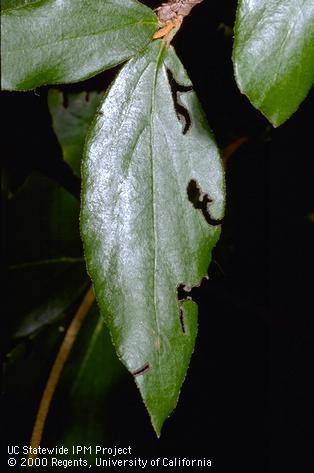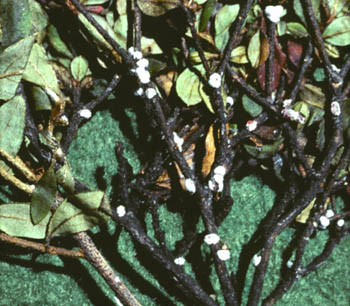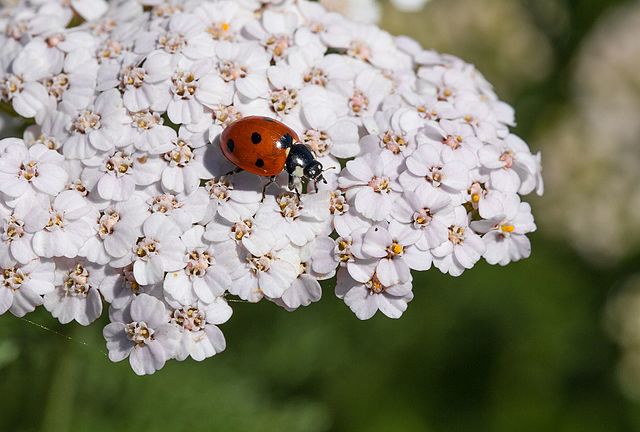By Karen A. Mills, Master Gardener
Nutritional resources reviewed by Tina Dodge, OSU Extension

It’s time to plan your garden and even start a few early varieties. Perhaps, like most gardeners, you are taking stock of your garden successes and challenges and considering different paths for this year. Have you ever considered planting an “Eat the Rainbow Garden”? An Eat the Rainbow Garden is a garden that produces delicious fruit and vegetables in every color. Clearly, this type of garden would be vibrant, but did you know that creating this type of garden can also support your health?
Growing your own fruit and vegetables increases your access to healthy food, which in times of inflation is more important than ever. Gardening also increases the likelihood that you and your family will eat more fruit and vegetables than families who do not garden. And, when kids are involved in the planning, planting, growing, and harvesting of produce, they are much more likely to have a diet high in fruit and vegetables.
Growing a Rainbow Garden can certainly capture the imagination of kids, but they are just as important for adults. Rainbow Gardens support health exactly because they include all colors of the rainbow. Each color that we see in fruit and vegetables is created by phytochemicals (sometimes called phytonutrients), which are bioactive compounds found in plants that provide color, taste, and smell. Phytonutrients help out plants by protecting them from different diseases and too much sun. Phytonutrients may help people out by supporting our immune system and offering protection against different types of chronic diseases. Every phytonutrient color represents a different compound, each of which comes with different possible health benefits. See the table below for some delicious and colorful options!
Now that we know what an Eat the Rainbow Garden is, how do we build it? Here are some tips to get you started:
- Location, location, location! It is important to understand your garden site. Get to know your site’s climate, soil, weather exposure, and sun. If you are just starting your garden, this is the opportunity to consider these topics when you select a garden site. Good garden site preparation sets the foundation for a successful gardening experience. For site preparation and selection tips check out: https://extension.unh.edu/resource/preparing-vegetable-garden-site
- Choose your colors. The colors of the rainbow are red, orange, yellow, green, blue, indigo (a darker purplish blue), and violet (purple). Blue, indigo, and violet phytochemicals are often grouped together, but you can separate them in your garden for a beautiful effect. You can also add to the rainbow by including white, like a cloud! It can be a lot of fun to pick produce based on color. You can choose many different varieties of plants to cover the colors, or you can pick just a few types of vegetables that come in many colors, such as carrots, peppers, tomatoes, or even potatoes! Some examples can be found here: https://fruitsandveggies.org/stories/fruit-and-veggie-color-list/
- Plan plant placement. Now that you know your garden site and what fruits and vegetables you would like to try, it is time to consider plant placement. It might be tempting to group plants by color in a rainbow garden, however, each plant has its own garden needs. For example, cabbage prefers cool, moist conditions, and cucumbers prefer warm, dry conditions. Even though they are both green, it could be difficult to care for these plants if they are planted next to each other. Check out a resource like https://catalog.extension.oregonstate.edu/sites/catalog/files/project/pdf/ec871.pdf for what plants do well in what kind of conditions.
- Consider containers. If you garden on a patio or deck, or if your garden site is limited, consider container gardening. Containers can also be a great add on to an established garden, giving you the opportunity to add a plant that might not quite fit into your garden plan or rotation. Look for varieties that are specifically adapted for containers. Blueberries, cucumbers, tomatoes, leafy greens, peppers, potatoes, strawberries and many other plants have container options. OSU’s Growing Your Own – A Practical Guide to Gardening in Oregon (found here: https://catalog.extension.oregonstate.edu/sites/catalog/files/project/pdf/em9027.pdf ) contains many basic tips to help you get your garden started including a section on varietals that grow well in containers in Oregon. Check out this link (https://milwaukee.extension.wisc.edu/2019/06/10/best-container-gardening-vegetable-varieties/ ) for more suggestions on specific vegetable varieties that do well in containers.
- Want more information? If you are interested in exploring a particular phytonutrient and the foods and health benefits associated with that particular phytonutrient, this is a good resource: https://integrativemedicine.arizona.edu/file/11275/phytoPrevention.pdf . And if you are science savvy, check out this good, very technical resource on phytochemicals: https://lpi.oregonstate.edu/mic/dietary-factors/phytochemicals
Eat the Rainbow Gardens are not only beautiful to see but they can promote healthy eating. With so many colorful fruits and vegetables to choose from, experiment and have fun!
| Color | Main Phytonutrients | Garden Options |
| Red | Anthocyanins (including lycopene), antioxidants | Apples, beets, cherries, radishes, red onions, red pears, red peppers (bell and hot), red plums, rhubarb, strawberries, tomatoes, watermelon |
| Orange | Carotenoids (including beta-carotene) | Apricots, carrots, nectarines, orange bell peppers, peaches, sweet potatoes, |
| Yellow | Bio-flavonoids, lutein | Apples, Asian pears, corn, potatoes (Yukon golds), summer squash, winter squash (acorn, butternut, etc.), yellow beets, yellow bell pepper |
| Green | Catechins, chlorophyll, flavonoids | Asparagus, Brussels sprouts, bok choy, broccoli, broccolini, cabbage, cucumbers, green peas, leafy greens (chard, collards, dandelion, kale, lettuce, mustard, spinach, etc.), okra, peppers (bell, jalapeno, poblano, serrano), tomatillos, zucchini |
| Blue, Indigo & Violet* | Anthocyanidins, flavonoids, phenolic acids, resveratrol | Blackberries, blueberries, eggplant (Italian or Japanese), figs, huckleberries, plums, purple bell peppers, purple cabbage, purple carrots, purple cauliflower, purple grapes, purple kale, purple potatoes |
| White | Allicin, flavonoids, indols | Cauliflower, daikon radish, garlic, mushrooms, onions, parsnips, potatoes, turnips, |
*Blue, indigo and violet phytonutrients are often grouped together.
Algert, S. et al. (4/1/2016) Community and home gardens increase vegetable intake and food security of residents in San Jose, California. California Agriculture. 70(2):77-82. https://doi.org/10.3733/ca.v070n02p77 Accessed on October 17, 2022.
McManus, KD. (4/25/2019). Phytonutrients: Paint your plate with the colors of the rainbow. https://www.health.harvard.edu/blog/phytonutrients-paint-your-plate-with-the-colors-of-the-rainbow-2019042516501 Accessed on October 17, 2022.
Minich, DM. (2019) A review of the science of colorful, plant-based food and practical strategies for “Eating the Rainbow”. J Nutr Metab. 2019:2125070. doi: 10.1155/2019/2125070 Accessed on October 17, 2022.









